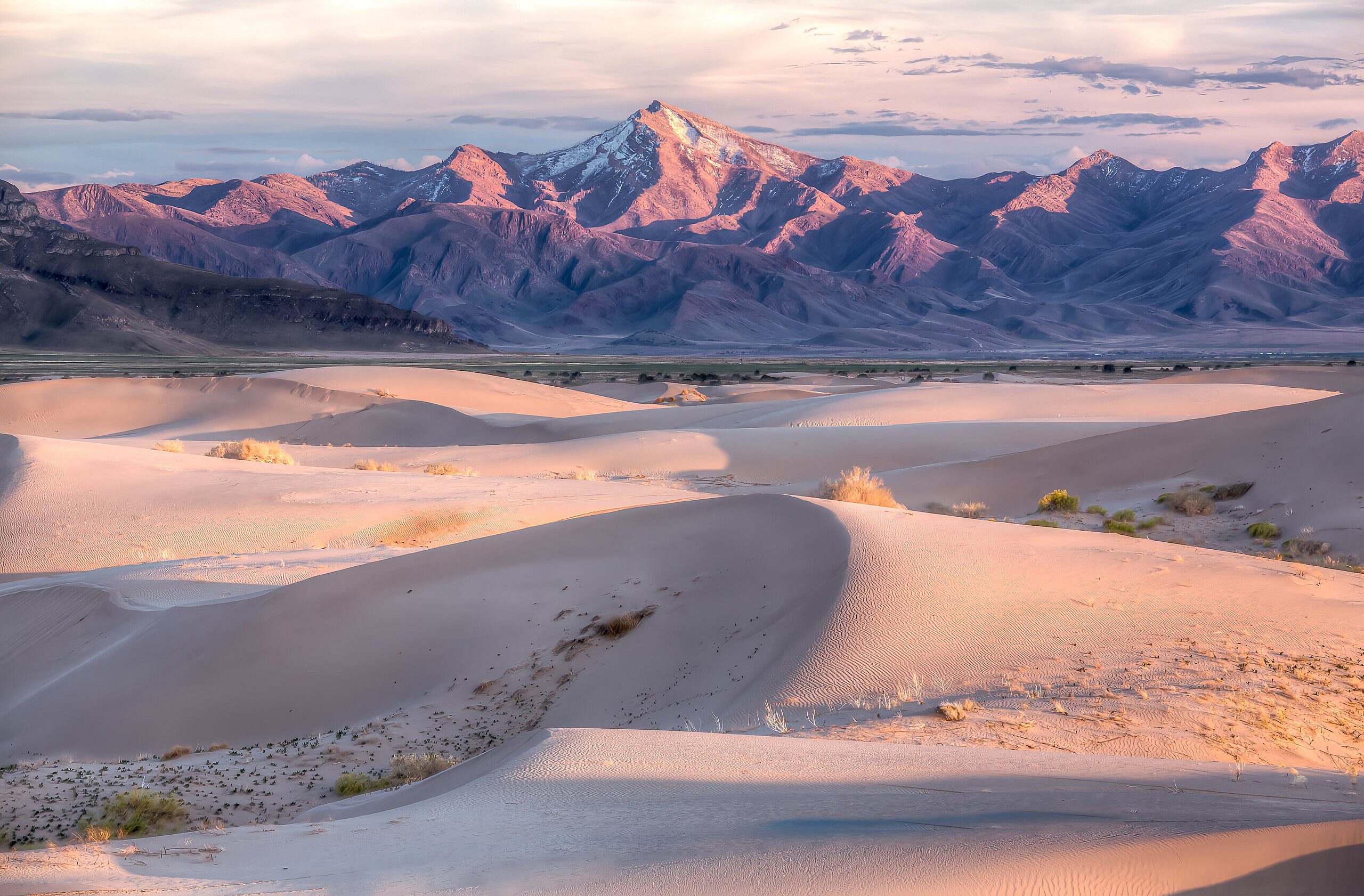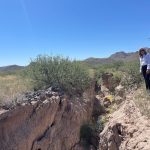- Utah’s snowpack is at 93% of normal, with southern basins struggling.
- Southwestern Utah has the lowest snow water equivalent since at least 1980.
- Reservoirs are 20% above normal, helping offset drought concerns.
- 77% of Utah is experiencing moderate to extreme drought.
Wednesday, February 19, 2025 — Utah’s snowpack, a critical water source, is below average for this time of year, raising concerns for water managers across the state. As of February 18 , the statewide snowpack sits at 93% of normal, but certain areas in the south are seeing much worse conditions. Two basins in southern Utah have recorded snow water equivalent (SWE) levels at less than 50% of normal, and in some areas, conditions are at record lows.
, the statewide snowpack sits at 93% of normal, but certain areas in the south are seeing much worse conditions. Two basins in southern Utah have recorded snow water equivalent (SWE) levels at less than 50% of normal, and in some areas, conditions are at record lows.
Southwestern Utah has been particularly hard hit. According to the Natural Resources Conservation Service’s February Report, the region has experienced the lowest SWE levels recorded since at least 1980. With this trend persisting since January 20, the outlook for spring runoff is not promising.
Drought Returns to Southern Utah.
Drought conditions are worsening, with extreme drought making a return to southwestern Utah for the first time since March 2023. Statewide, 77% of Utah is now classified as experiencing moderate to extreme drought.
“While we still have some time before our snowpack typically peaks in April, most of our basins are likely to experience below-average streamflows this spring runoff,” said Candice Hasenyager, director of the Utah Division of Water Resources .
.
Water Supply Forecasts Below Normal.
The Colorado Basin River Forecast Center analyzes expected water supply based on snowpack and soil moisture. Current models predict that most of Utah’s water supply will fall below 70% of average. In southern Utah, forecasts are even more concerning, with projections closer to 30% of average.
Reservoir storage remains a bright spot , with levels currently 20% above normal for this time of year. This buffer is essential in mitigating the impact of below-normal snowpack and maintaining a reliable water supply for the state.
, with levels currently 20% above normal for this time of year. This buffer is essential in mitigating the impact of below-normal snowpack and maintaining a reliable water supply for the state.
Conservation Remains Key.
Utah relies on snowpack for about 95% of its water supply. While reservoirs help store water for dry months, conservation remains crucial. The state continues to promote initiatives to encourage efficient water use, such as the Agricultural Water Optimization Program for farmers and SlowtheFlow.org
for farmers and SlowtheFlow.org for residents.
for residents.
“Our snowpack in southern Utah is at concerning levels and we are seeing increased drought conditions across the state with 77% in moderate to extreme drought conditions,” Hasenyager said . “With low precipitation and an underperforming snowpack, we must continue using water wisely to maintain our quality of life.”
. “With low precipitation and an underperforming snowpack, we must continue using water wisely to maintain our quality of life.”
 . April 2018, by Bureau of Reclamation, Utah.
. April 2018, by Bureau of Reclamation, Utah.





Leave a Reply